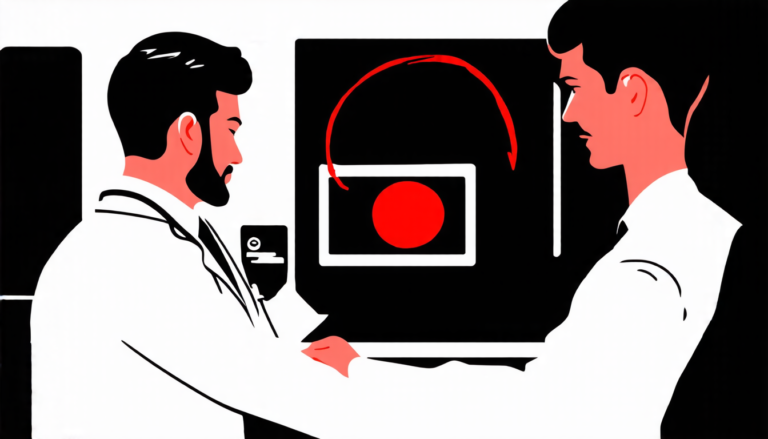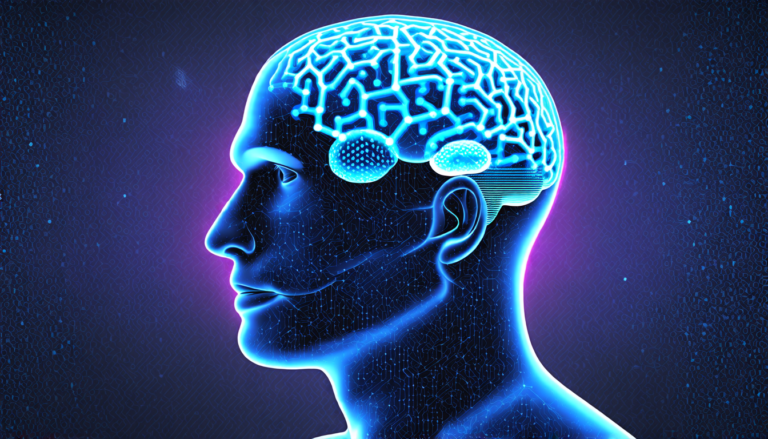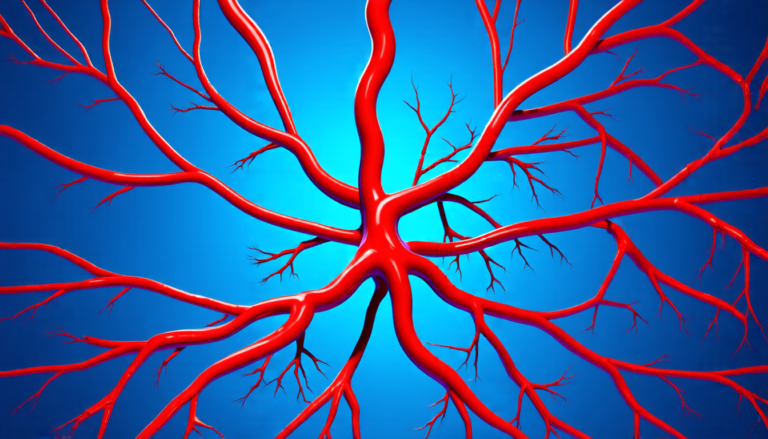Sunday 02 March 2025
The quest for accurate human pose estimation has long been a challenge for computer vision researchers. This task involves identifying the position and orientation of various body parts in images or videos, which is crucial for applications such as action recognition, person re-identification, and surveillance.
Recently, a team of scientists has made significant strides in this area by developing an innovative algorithm called OR-POSE. This approach uses a combination of techniques to overcome the difficulties posed by occlusions, where body parts are obscured or hidden from view.
One of the key innovations of OR-POSE is its ability to adapt to new environments and domains without requiring additional training data. This is achieved through a process called unsupervised domain adaptation, which enables the algorithm to learn from images taken in different settings and conditions.
Another important aspect of OR-POSE is its use of a mean teacher framework for iterative pseudo-label refinement. In this approach, the algorithm generates initial predictions for human pose estimation and then refines these estimates through multiple iterations. This process allows OR-POSE to produce highly accurate results even when faced with challenging images containing occlusions.
The researchers have also incorporated a human pose prior into their algorithm, which helps to regularize the model and ensure that it produces anatomically plausible poses. This is particularly important in cases where body parts are partially or fully obscured, as it can be difficult for the algorithm to accurately predict the correct position of these parts without this guidance.
To evaluate the performance of OR-POSE, the researchers conducted a series of experiments on challenging datasets containing occluded images. The results showed that OR-POSE outperformed existing state-of-the-art algorithms in terms of accuracy and robustness, particularly when dealing with heavily occluded images.
The significance of these findings lies not only in the improved performance of the algorithm but also in its potential applications. For instance, accurate human pose estimation can be used to enhance surveillance systems, improve action recognition capabilities, or even aid in medical diagnosis.
In the future, the researchers plan to further develop and refine OR-POSE, exploring ways to adapt it to different scenarios and environments. They are also interested in applying their algorithm to other areas of computer vision, such as object detection and tracking.
Overall, the development of OR-POSE represents an important milestone in the quest for accurate human pose estimation. Its ability to adapt to new domains and handle occlusions makes it a powerful tool with far-reaching potential applications.
Cite this article: “Advances in Human Pose Estimation: The OR-POSE Algorithm”, The Science Archive, 2025.
Human Pose Estimation, Computer Vision, Or-Pose, Occlusions, Domain Adaptation, Mean Teacher Framework, Pseudo-Label Refinement, Human Pose Prior, Surveillance, Action Recognition







